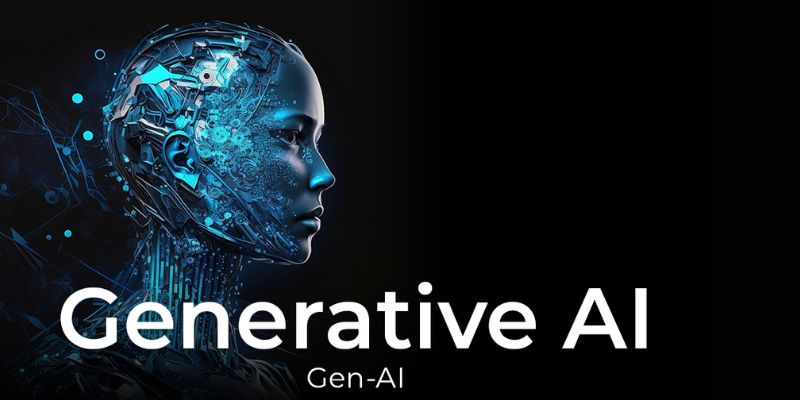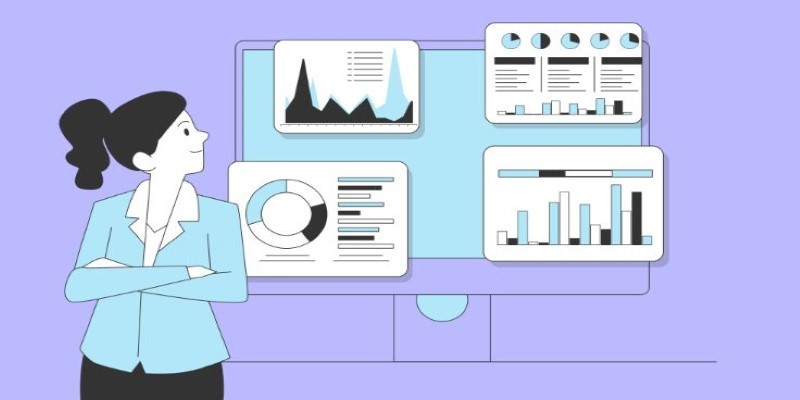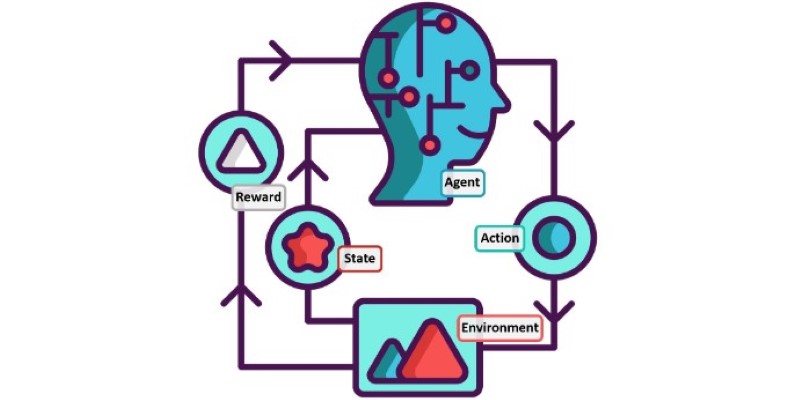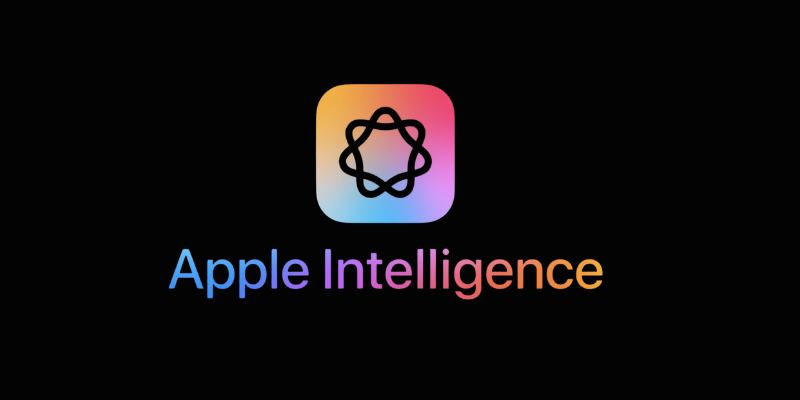Advertisement
The way systems generate text is changing—and not in subtle ways. In recent years, what used to be a linear, step-by-step generation has moved toward something smarter, quicker, and more responsive. One approach leading this shift is Dynamic Speculation, a method that speeds up assisted generation while maintaining quality and structure. It isn't about shortcuts; it's about letting models work more efficiently behind the scenes so responses feel quicker, tighter, and closer to what's expected.
Let’s walk through how Dynamic Speculation actually works, why it matters, and what makes it so effective in speeding up assisted text generation.
At its core, Dynamic Speculation is a strategy for guessing ahead. It allows a system to predict more than one possible next token (or word piece) and begin working on them in parallel instead of waiting for confirmation of each one before moving forward.
Think of it like walking down a path and sending out scouts in multiple directions instead of waiting at each fork until you're certain which way to go. The scouts give you a head start—if you're right about the next few steps, you move forward much faster. If not, you backtrack slightly and adjust. But even with occasional missteps, the overall time saved outweighs the corrections.

Traditional token generation processes are slow because they're serial. One token gets generated, then another, and then the next. But in dynamic speculation, multiple tokens are generated ahead of time as “drafts.” The system then evaluates these drafts to see how far it can commit. The key difference is in how much work is done in advance and how the system makes use of those predictions without waiting idly between steps.
The reason this approach feels faster isn't because the machine is doing less work—it’s because it's working smarter.
During generation, multiple future tokens are predicted by a smaller, faster model. These predictions are temporary placeholders, referred to as speculative tokens. While the primary model—the one responsible for the final output—is busy computing, the draft model works ahead, laying down options.
Once the primary model finishes processing the confirmed input, it checks the speculative tokens to see how many of them it agrees with. If the predictions match what the full model would have produced anyway, those tokens get accepted instantly. If they don’t match, the generation rolls back to the last correct token, and the rest gets recalculated.
This back-and-forth might sound inefficient, but in practice, the agreement rate between draft and final models is surprisingly high. That means most of the speculative work doesn't go to waste—it accelerates the process meaningfully.
Without speculation, each token waits for the last one to finish before it begins. This bottleneck adds latency. Speculative decoding shortens the gap. Drafting multiple tokens in advance keeps the pipeline full and responsive, which results in a smoother experience for the user.
So, while the model still has to do the hard work of confirming each token, the time spent doing nothing is almost eliminated.
One common question is what happens when the speculative predictions are wrong. That’s where the “dynamic” part comes in.
Instead of hardcoding how many speculative tokens to generate or accept, the system adapts. If a draft model keeps producing tokens the final model disagrees with, the speculative window shortens automatically. If agreement is high, it expands. This keeps efficiency up without sacrificing quality.
Whenever disagreement happens, the model simply drops the incorrect tokens and recalculates from the last trusted point. It doesn't mean the whole process needs to restart—just that it needs to pick up from the last accurate checkpoint. These rollbacks are fast because they involve reusing cached computations wherever possible.
And because disagreements are relatively rare with well-tuned draft models, the number of rollbacks stays low. It’s a practical tradeoff: a few extra calculations in exchange for a big gain in speed.
The speculation window—the number of tokens guessed ahead—doesn't stay fixed. It adjusts in real time based on performance. This helps avoid wasting computing power on long speculative branches that are likely to be wrong. The system learns how far it can stretch without tripping up. So, it's not just fast—it’s self-aware in how it stays fast.
Let’s break down how this works in a simplified step-by-step format.

The user provides an input prompt. This is the starting point. The primary model begins processing it.
While the primary model is still working, a smaller draft model predicts the next few tokens that might follow the current input.
Once the primary model finishes its current step, it compares the speculative tokens with what it would have generated on its own.
The system tracks how often the draft tokens are correct. If accuracy is high, the number of speculative tokens increases. If not, it decreases.
This process continues until the model finishes generating the full response.
Dynamic Speculation helps models generate text faster by making smart predictions in parallel and adjusting on the fly. It doesn’t skip steps—it just rearranges them more efficiently. With its ability to reduce response time without compromising accuracy, it’s quickly becoming a go-to approach for real-time AI systems. Whether it's used in chats, writing assistants, or predictive typing, the result is the same: quicker, cleaner outputs that feel natural, even when there's a lot going on under the hood.
Advertisement

Explore how generative AI in financial services and other sectors drives growth, efficiency, and smarter decisions worldwide

A Nvidia AI-powered humanoid robot is now serving coffee to visitors in Las Vegas, blending advanced robotics with natural human interaction in a café setting

How Toyota is developing AI-powered smart factory tools in partnership with technology leaders to transform production efficiency, quality, and sustainability across its plants

Discover the best Business Intelligence tools to use in 2025 for smarter insights and faster decision-making. Explore features, ease of use, and real-time data solutions

Confused between lazy learning and eager learning? Explore the differences between these two approaches and discover when to use each for optimal performance in machine learning tasks

How AI-powered genome engineering is advancing food security, with highlights and key discussions from AWS Summit London on resilient crops and sustainable farming

Learn how to delete your ChatGPT history and manage your ChatGPT data securely. Step-by-step guide for removing past conversations and protecting your privacy

Explore Apple Intelligence and how its generative AI system changes personal tech with privacy and daily task automation

How the AI-driven wireless tree network transforms wildfire defense by connecting forests with sensors and artificial intelligence to detect and predict fires in real time

Why analytics is important for better outcomes across industries. Learn how data insights improve decision quality and make everyday choices more effective

Discover why banks must embrace innovation in compliance to manage rising risks, reduce costs, and stay ahead of regulations

Tech giants respond to state-level AI policies, advocating for unified federal rules to guide responsible AI use.